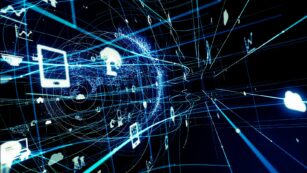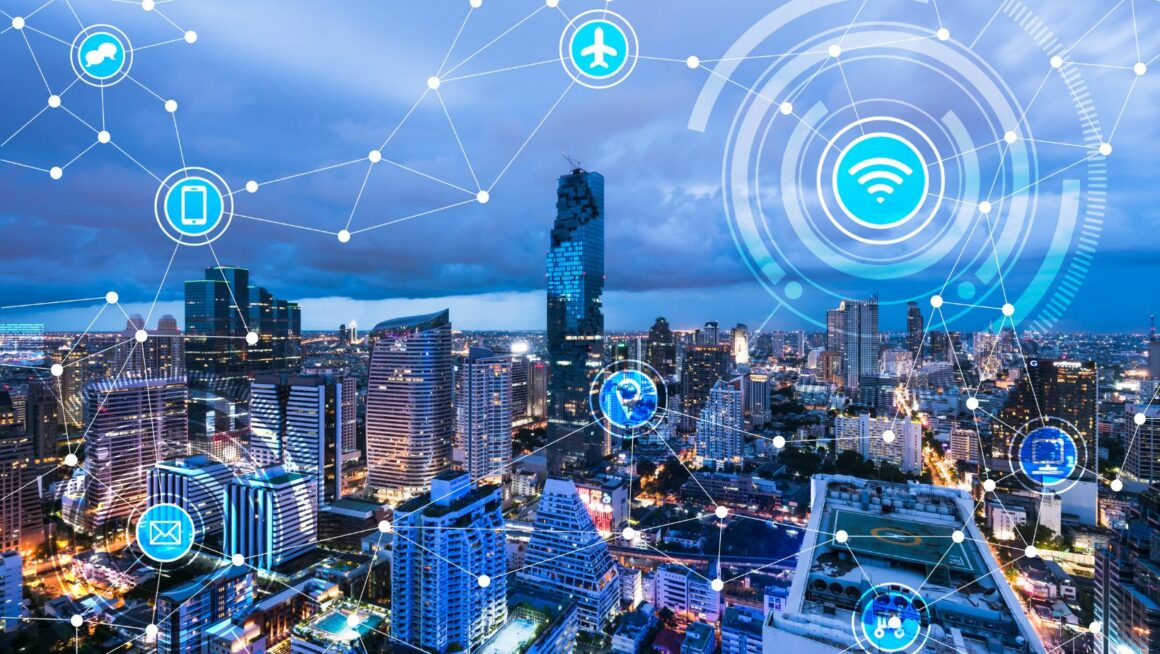Imagine a world where your coffee machine knows exactly when you wake up and prepares your morning coffee just in time, or your fridge alerts you when you’re running low on milk. Welcome to the realm of the Internet of Things (IoT), where everyday objects become interconnected, making life more convenient and efficient.
Define Internet of Things
What Is IoT?
The Internet of Things, often abbreviated as IoT, signifies a network of physical objects integrated with sensors, software, and other technologies to establish connections and exchange data over the internet. These “things” may include anything from ordinary household items like refrigerators, devices such as smartphones, to complex industrial tools. For comparison, it’s like a web of connected devices, each gathering and sharing data. IoT’s essence lies in these connections, allowing for advanced levels of coordination, efficiency, and accuracy.
The Core Components of IoT Systems
 A well-functioning IoT system consists of three main components:
A well-functioning IoT system consists of three main components:
-
Devices: These are the “things” in the Internet of Things. Devices equipped with sensors collect information from their environment, for example, a thermometer measures temperature fluctuations, or a surveillance camera records activity.
-
Connectivity: The collected data needs to be transmitted to a cloud infrastructure. For that, devices use a variety of methods, including cellular, satellite, WiFi, Bluetooth, low-power wide-area networks (LPWAN), and connecting directly to the internet via Ethernet.
-
Data Processing: Once data has reached the cloud, software processes it, possibly comparing it to other data previously gathered, then makes a decision, such as sending an alert or automatically adjusting the sensors/devices without needing further human input.
Together, these components establish a sophisticated network, with the capability of transforming the quantity of collected data into actionable, meaningful information strengthening overall utility and performance. The true power of the Internet of Things lies in this complexity and interconnectedness.
The Evolution of IoT
The defining moment of the Internet of Things (IoT) wasn’t an overnight event but was, in fact, a gradual evolution. Underneath this heading, we’ve segmented the progressive phase into two components – the historical development and significant milestones in IoT adoption. Both aspects harmoniously depict the journey of the Internet of Things from mere conception to the pivotal role it plays today.
Historical Development
 Historically, the first instance of an IoT device traces back to 1982 for a Modified Coca Cola Machine at Carnegie Mellon University, which was internet-enabled to report its inventory. Fast forward to 1999, Kevin Ashton, a British technology pioneer, coined the term “Internet of Things” during his work at Auto-ID Labs. His vision centered around wireless connectivity and the significant potential it presents when utilized with physical entities, a concept now regarded as IoT. Over the years since, defined internet of things has seen unprecedented growth. This growth, however, didn’t occur without the convergence of multiple developments in the technology sector – improved sensor technology, cloud computing, and advancements in data analytics infrastructure.
Historically, the first instance of an IoT device traces back to 1982 for a Modified Coca Cola Machine at Carnegie Mellon University, which was internet-enabled to report its inventory. Fast forward to 1999, Kevin Ashton, a British technology pioneer, coined the term “Internet of Things” during his work at Auto-ID Labs. His vision centered around wireless connectivity and the significant potential it presents when utilized with physical entities, a concept now regarded as IoT. Over the years since, defined internet of things has seen unprecedented growth. This growth, however, didn’t occur without the convergence of multiple developments in the technology sector – improved sensor technology, cloud computing, and advancements in data analytics infrastructure.
Key Milestones in IoT Adoption
 In terms of milestones, the adoption and universal acceptance of IoT weren’t linear. However, significant markers did contribute to its expansion. In 2008-2009, for instance, progress in IoT was decidedly notable when the number of objects connected to the internet exceeded the world’s population. By 2013, the Global Standards Initiative on Internet of Things (IoT-GSI) defined IoT officially. Further, 2015 saw Samsung committing to investing $1.2 billion into US IoT startups. In essence, each of these milestones presents a step towards the widespread application of IoT, fueling a technological revolution in realms such as smart homes, wearables, and smart cities, thereby redefining how we live and interact. Emphasizing these historical and milestone instances, one can understand the impressive journey of IoT’s evolution.
In terms of milestones, the adoption and universal acceptance of IoT weren’t linear. However, significant markers did contribute to its expansion. In 2008-2009, for instance, progress in IoT was decidedly notable when the number of objects connected to the internet exceeded the world’s population. By 2013, the Global Standards Initiative on Internet of Things (IoT-GSI) defined IoT officially. Further, 2015 saw Samsung committing to investing $1.2 billion into US IoT startups. In essence, each of these milestones presents a step towards the widespread application of IoT, fueling a technological revolution in realms such as smart homes, wearables, and smart cities, thereby redefining how we live and interact. Emphasizing these historical and milestone instances, one can understand the impressive journey of IoT’s evolution.
Impact of IoT on Various Industries
From the first IoT device in 1982 to its widespread application today, the Internet of Things has revolutionized how we interact with technology. It’s not just about connecting devices – it’s about harnessing the power of data to make smarter decisions. IoT’s evolution has seen pivotal moments that have propelled its growth, with key players like Samsung investing heavily in its potential. This investment underscores the belief in IoT’s ability to transform various sectors.

